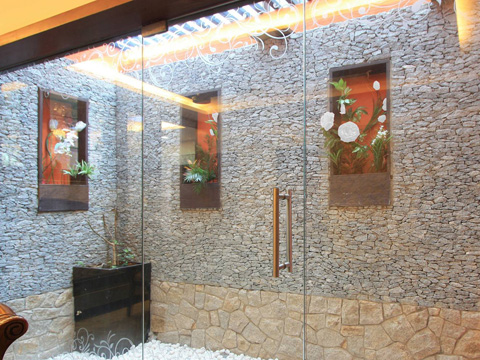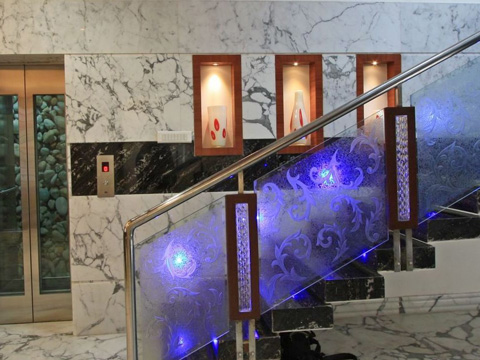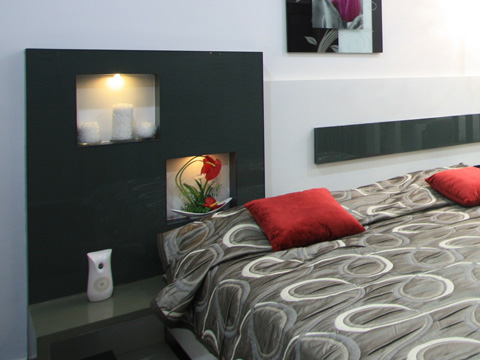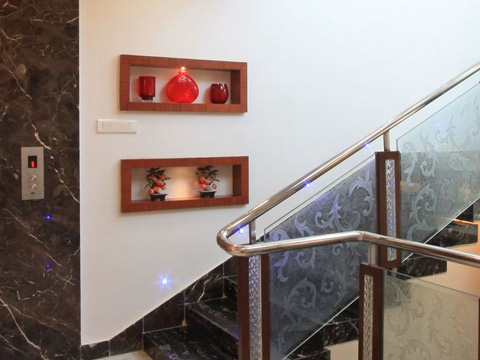Create your Own Niche
Large, empty walls in a room can be monotonous. A dash of a bright colour or space sometimes can add pizazz. Sometimes people transform one of the walls in a room into a feature wall by using texture paint or displaying a large painting. Creating niches or recesses to enhance the aesthetics of a wall is an emerging concept. You might have seen them in hotels or art galleries, but it is fast becoming popular in residences too.
What is a Niche?
A niche, also referred to as an alcove, is at least a 4.5 inch deep cutout in a wall that is around nine inches thick.
The Ancient Concept
According to Ansari, niche is a traditional concept. In ancient times when there was no electricity available, niches were made in each wall of the house to place the lamp. If it had a utilitarian purpose in those times, now it is mainly used for decorative purposes.
Different Types
Niche can have different sizes and shapes, but mostly they are rectangle or square. Often their length and breadth of the niche is left to the choice of the house owner. “Niches are mostly made in houses as nine-inch thick walls are more commonly found in houses than apartments. A niche by itself gives relief to the monotony of a wall,” said Dameem Ansari, principal architect, Ansari Associates Architects and Interior Designers.
Where to have it?
A niche is generally created in the living room or dining space where the guests are received. However, it can be made in any room depending upon the thickness of the wall. There can be niches for keeping idols in the pooja room and the entire pooja room itself can be set in a niche.
In apartments with thinner walls, a shallow recess is made in the wall and a protruding wooden frame is fixed on it to give depth. “A false wall can also be made out of gypsum board and fixed on the existing one. A niche can be created on this wall. Fixing a gypsum wall of four inches thick can cost around Rs 200 per sq ft,” he said.
How to Create it
A niche can be made during the construction stage after the plastering is done. Provision for concealed lighting can be made at this point. However, even after the construction is over one can plan a niche but the lighting arrangement needs to be taken care of.
What finishes are recommended
“We try to make the niche space more interesting by using a contrasting texture paint or even emulsion paint, cladding the space with marble, wall paper, glass or wood. Generally contracting colours inside a niche can add a touch of interest in a mono coloured interior designs”.
Lighting the Niche
“Mostly there’s concealed lighting inside a niche. We also provide spot lights with short beam angle to create a sharp lighting highlight. Multicolor LED lights are also used inside so as to change the mood of the room when desired,” he said.
What to place in a niche
“A niche can be simply left as such with just the lighting or can be used to place a flower vase, a decorative article, a small internal plant or a painting inside. Just make sure that the article you place has a nice contrast with with background of the niche, or it may look incongruous” says Ansari.
Niches can be made in offices too where they hold books, awards or citations.
By Sangeetha, Based on Interview of Mr. Dameem Ansari Published in Financial Chronicles.









